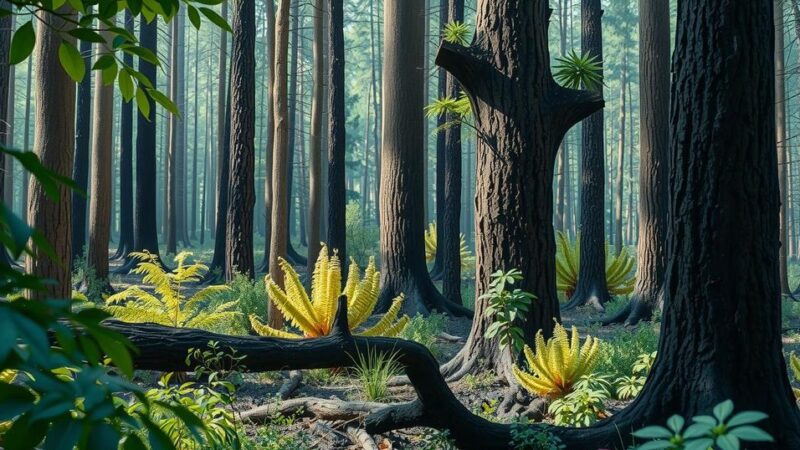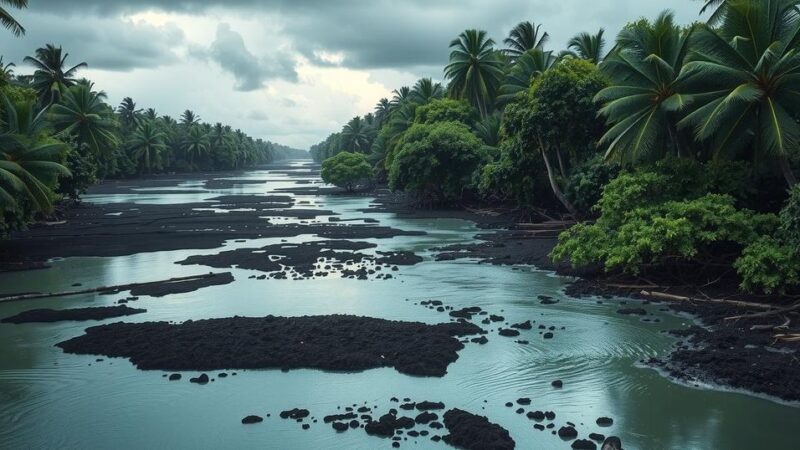The Patagonian Ice Dragon is a resilient insect endemic to Chilean glaciers, now endangered due to global warming. Research led by Maribet Gamboa aims to preserve this species and assess its role as an indicator of glacial health. First rediscovered in 2001, the insect is essential for maintaining clean glacial waters, highlighting the impacts of climate change.
The Patagonian Ice Dragon, a remarkable insect found in Chile, thrives in freezing glaciers, feeding predominantly on algae and bacteria. This wingless, finger-shaped black insect measures merely 15 millimeters (0.6 inches) and possesses long antennae. Unfortunately, it faces endangerment due to accelerated glacier loss attributed to global warming.
Research led by Maribet Gamboa from UCSC university seeks to preserve both the Patagonian Dragon and its glacial habitat. Gamboa emphasizes that the study aims to comprehend how glaciers function and how the Patagonian Dragon has adapted to such a challenging environment. Genetic samples have been collected to investigate these adaptations more thoroughly.
First identified in the 1950s, the Patagonian Dragon was presumed extinct until its rediscovery during a 2001 expedition. Able to inhabit depths of up to 40 meters, this resilient insect acts as an indicator of glacial water quality, filtering organic matter, dust, and bacteria.
Gamboa expresses hope that the insect can serve as a litmus test for glacier health amidst climate change. “It’s a combination of studying the dragon and how climate change is affecting glaciers and its habitat,” she notes, underlining its potential role as a sentinel for climate change in the region.
The Patagonian Ice Dragon is an extraordinary insect that plays a vital role in the ecosystem of Chile’s glaciers but is threatened by climate change. Research aims to understand its adaptations and the health of its habitat. This species can serve as an important indicator of glacial health, highlighting the interconnectedness of climate change and biodiversity.
Original Source: www.usnews.com






